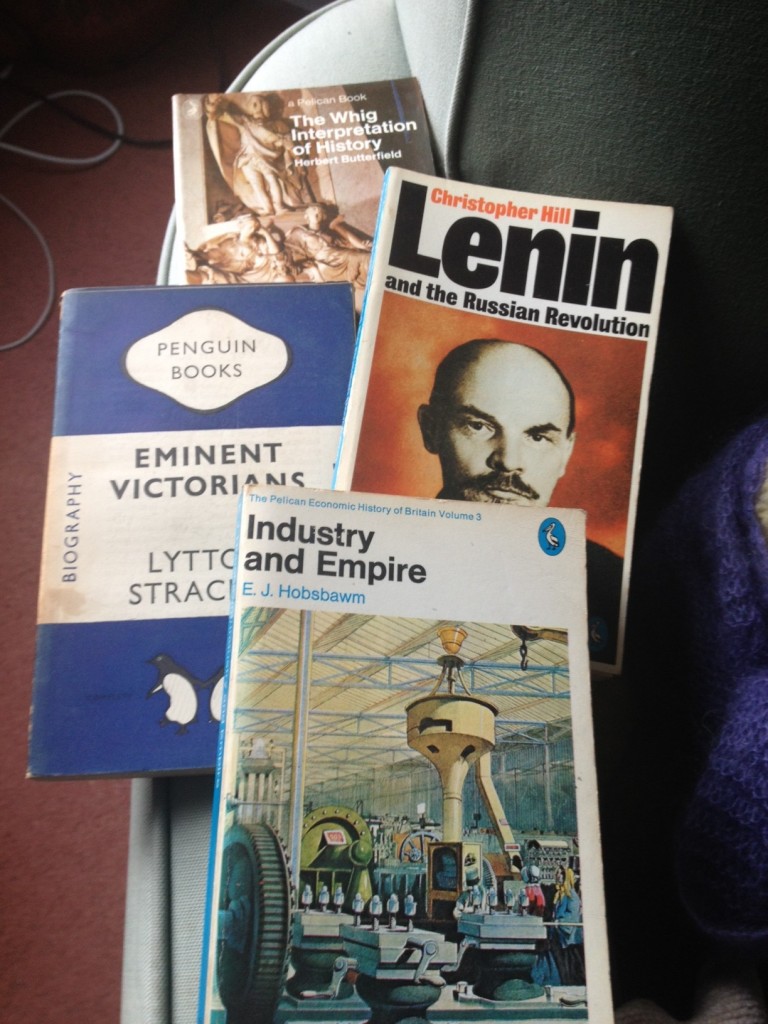This week I’m getting to attend an event at which Anat Admati is speaking, which is exciting. Her book with Martin Hellwig, [amazon_link id=”0691156840″ target=”_blank” ]The Bankers’ New Clothes: What’s Wrong with Banking and What to do About it[/amazon_link] is terrific – it’s on the shortlist for The Enlightened Economist prize, and I reviewed it here. The main message is simple: banks need to hold more capital, less debt, on their balance sheet, because it’s too risk to have massive financial institutions made insolvent by a 4% decline (say) in the value of their assets. We’d consider the kind of debt/equity ratio that characterises the banks as ludicrously over-leveraged in any other business, so why is it considered ok for banks to have so little capital? The book thoroughly debunks the claim that higher capital requirements would squeeze lending to businesses: the proportions of debt and equity on the liabilities side of the banks’ balance sheets have no automatic implications for the amount lent on the assets side. (Banks’ cost of funds would increase somewhat.)
[amazon_image id=”0691156840″ link=”true” target=”_blank” size=”medium” ]The Bankers’ New Clothes: What’s Wrong with Banking and What to Do about It[/amazon_image]
I’ll report back on the event. Meanwhile, there is a new book on RBS, Iain Martin’s [amazon_link id=”147111354X” target=”_blank” ]Making It Happen: Fred Goodwin, RBS and the Men Who Blew Up the British Economy[/amazon_link]. Ian Fraser’s [amazon_link id=”1780271387″ target=”_blank” ]Shredded: The Rise and Fall of the Royal Bank of Scotland[/amazon_link] is due out early next year.
[amazon_image id=”147111354X” link=”true” target=”_blank” size=”medium” ]Making it Happen: Fred Goodwin, RBS and the Men Who Blew Up the British Economy[/amazon_image]
[amazon_image id=”1780271387″ link=”true” target=”_blank” size=”medium” ]Shredded: The Rise and Fall of the Royal Bank of Scotland[/amazon_image]
Quick update: Admati has a letter in today’s Financial Timesknocking down the undead myth that ultra-high leverage has some benefits: “If banking shrinks because some banks are not viable at a level of 30 per cent equity, the economy stands to benefit. … Lending suffers when banks are weak, and bankers use subsidised funding to boost their ROE in derivative and other markets.”
* They still deserve it for fighting tooth and nail every post-crisis attempt to prevent the same kind of thing happening again.

